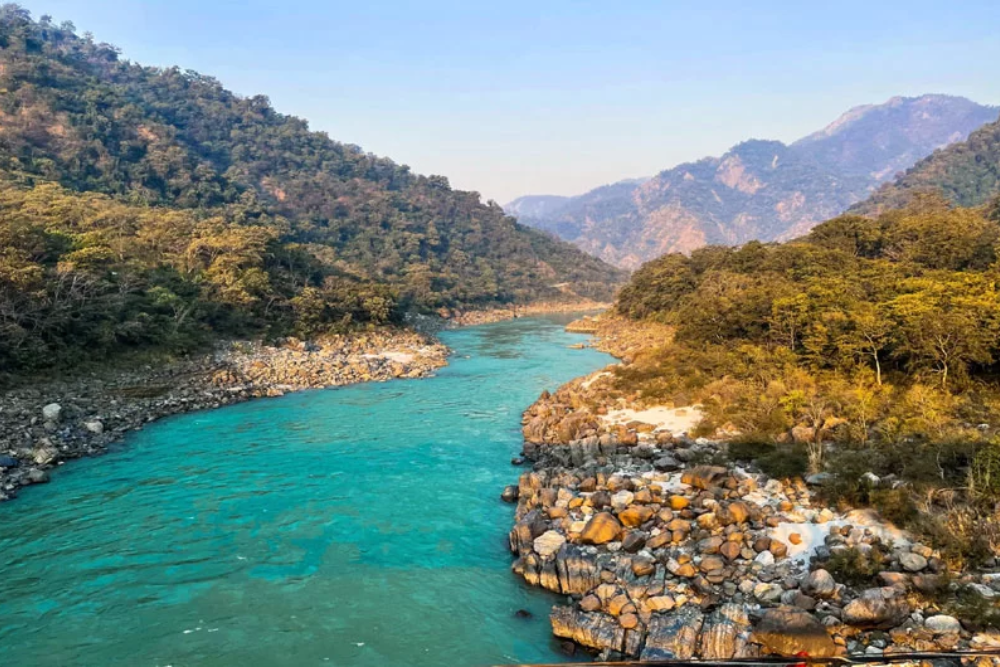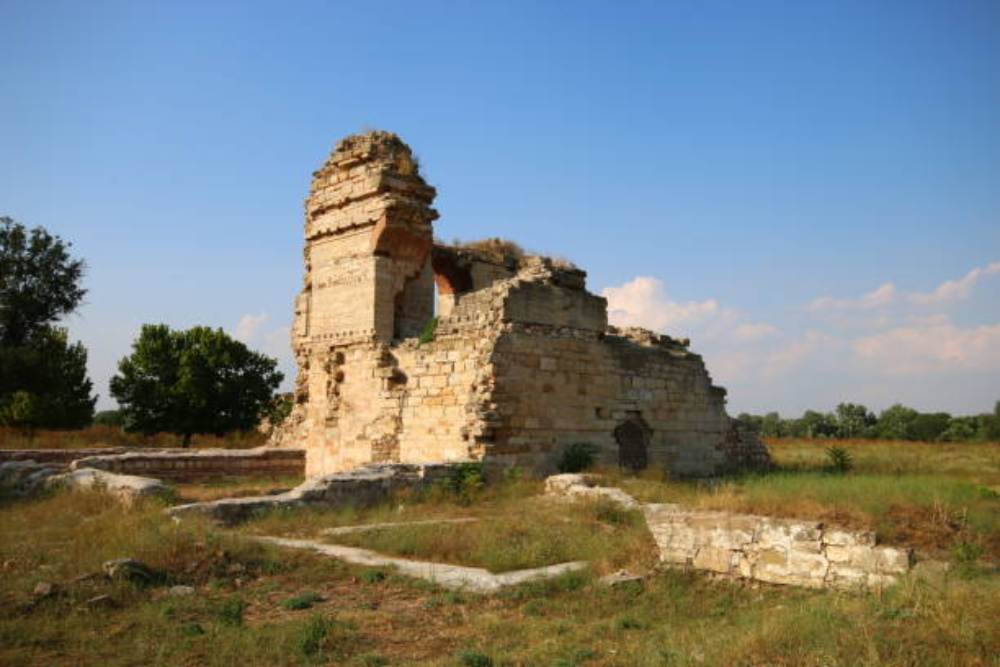Introduction
Edirne, located in northwestern Turkey near the borders with Greece and Bulgaria, is a city rich in history, culture, and architectural beauty. Formerly known as Adrianople, Edirne served as the capital of the Ottoman Empire before Istanbul, and its legacy as a center of power, culture, and trade is still evident today. The city’s strategic location at the crossroads of Europe and Asia has made it a melting pot of diverse cultures, which is reflected in its unique blend of architectural styles, vibrant local traditions, and multicultural atmosphere.
Exploring the Selimiye Mosque
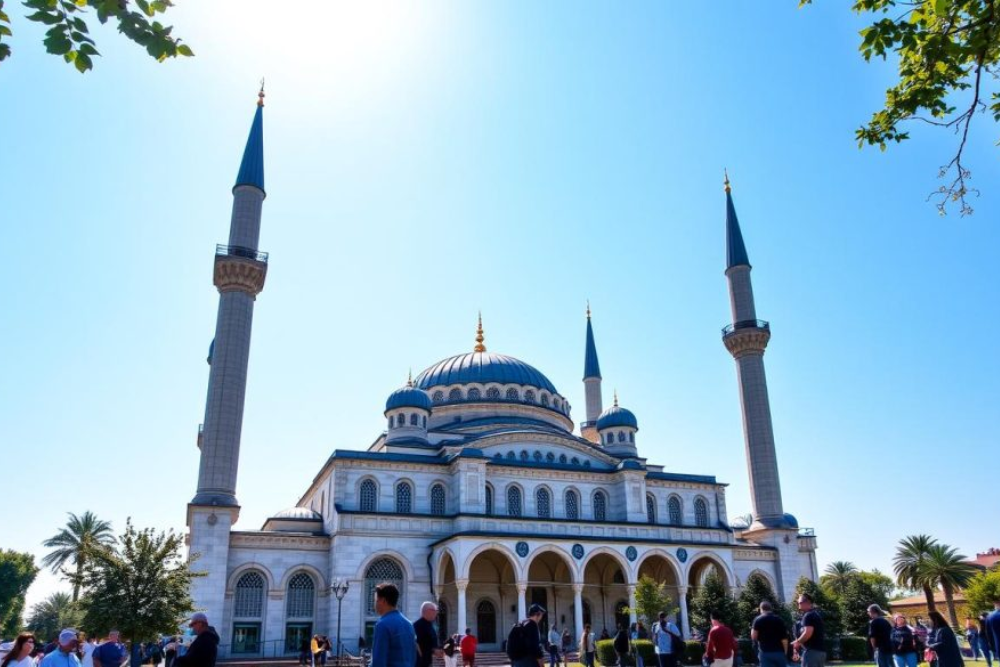
One of the most iconic landmarks in Edirne, the Selimiye Mosque, designed by the famous Ottoman architect Mimar Sinan, is a must-see. Its grand architecture and stunning interiors, including intricate tilework and a soaring central dome, offer a journey into the heart of Ottoman art and architecture. Climbing to the mosque’s courtyard provides panoramic views of the city, making it an adventure in both history and breathtaking scenery.
Nature and River Adventures Along the Tunca River
Adventure Type: Nature Exploration and Outdoor Activities Edirne’s surrounding natural beauty provides plenty of opportunities for outdoor activities. Take a walk or bike ride along the Tunca River, or enjoy birdwatching in the nearby Karaağaç area. For a more adventurous experience, you can try kayaking or canoeing on the river, offering both a chance to appreciate the city’s landscape from a different perspective and to enjoy some outdoor thrills. This area is particularly scenic and peaceful, perfect for nature lovers and those seeking a tranquil escape.
Discovering the Edirne Palaces and Historical Sites
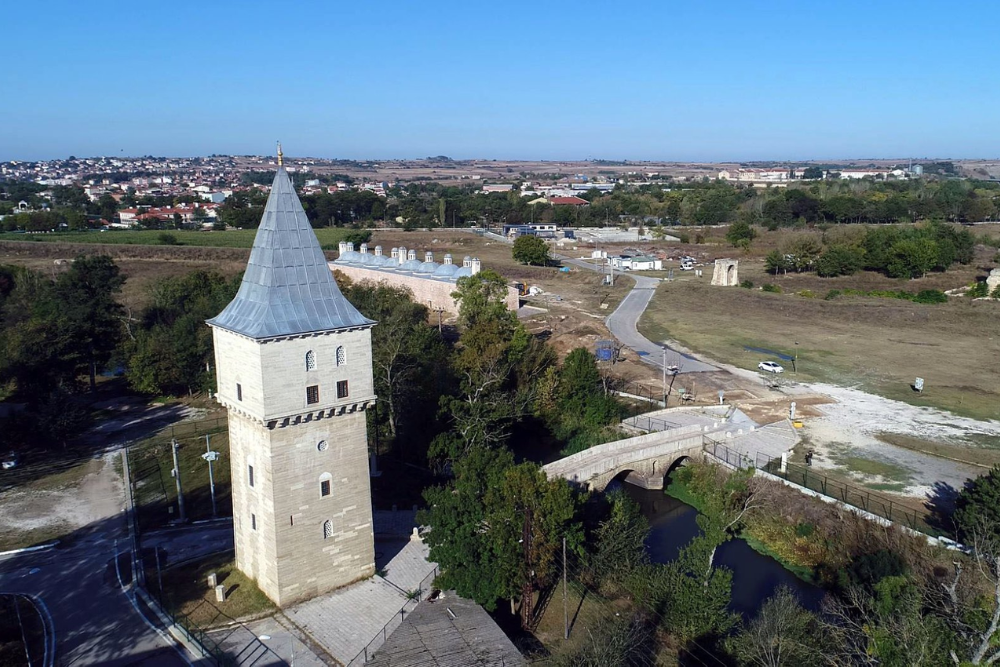
Edirne is home to several historical palaces and sites, including the Edirne Palace and Beyazid II Külliyesi (a complex of buildings that includes a medical school and hospital). Visiting these places provides a deep dive into the city’s Ottoman past. The Edirne Palace ruins, in particular, are fascinating, as they once served as a royal residence and are surrounded by beautiful gardens.
Crossing the Historic Bridges
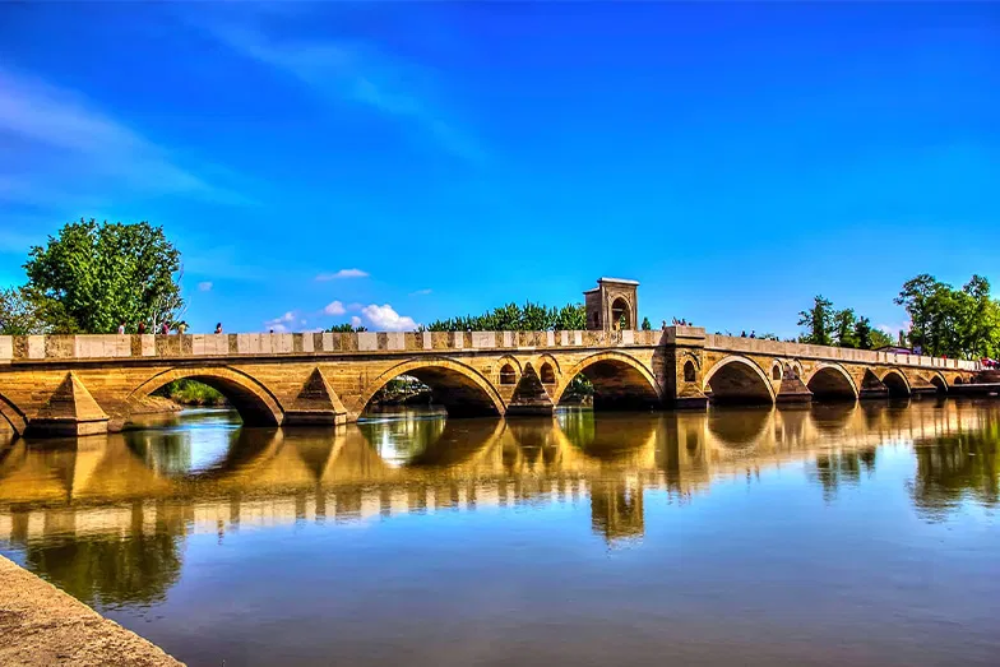
Edirne is known for its beautiful historic bridges that span the Tunca, Meric, and Arda Rivers. Walking across these centuries-old bridges is an adventure through time, with some structures dating back to the Byzantine and Ottoman periods. The Stone Bridge (Taş Köprü) is especially notable for its engineering, offering an immersive experience of Edirne’s past.
Exploring the Rural Villages and Countryside
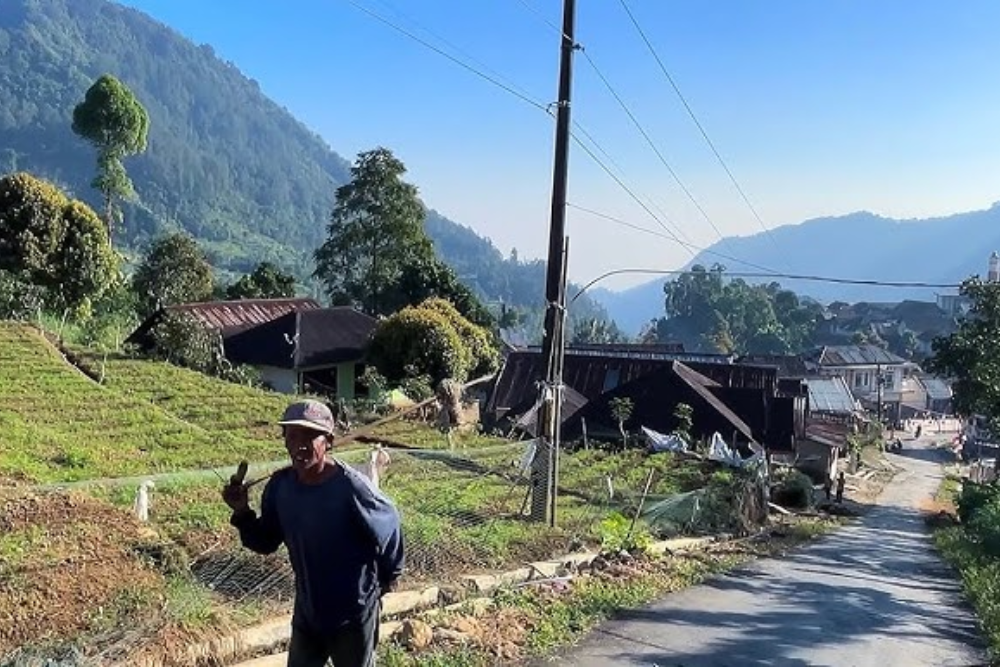
Edirne’s surroundings offer opportunities for rural exploration. Take a trip to the nearby villages to enjoy the peaceful landscapes, traditional Turkish farms, and local crafts. The area around Istanbul’s European countryside also provides hiking trails and opportunities for bird watching, especially around the Tunca River and its wetlands, where you can enjoy the natural beauty and quiet ambiance of rural Turkey.
Edirne Palace
The Edirne Palace (Edirne Sarayı) is an important historical site and was once the residence of Ottoman sultans. While much of the palace has been destroyed over the centuries, the ruins still offer a fascinating glimpse into the opulent lifestyle of the Ottoman Empire. Visitors can explore the remnants of the palace, including its grand gardens and impressive architecture, and learn about Edirne’s role as the empire’s capital before Istanbul.
Dos and Don’ts in Edirne
Dos
- Do Respect Religious Sites: Edirne is home to several mosques, including the Selimiye Mosque, which is a UNESCO World Heritage site. When visiting religious sites, dress modestly (cover your shoulders and knees), and remove your shoes before entering the mosque. Be respectful during prayer times and maintain a quiet, reverent atmosphere.
- Do Try Local Cuisine: Edirne is known for its unique culinary offerings. Don’t miss trying Edirne meatballs, Tava Ciğeri (fried liver), and Edirne’s famous cheese. Enjoying local food in traditional restaurants is a great way to immerse yourself in the city’s culture.
- Do Explore the City on Foot: The historical part of Edirne is best explored on foot, with its beautiful Ottoman-era buildings, bridges, and bazaars. Walk through the narrow streets, take in the local sights, and visit the many historical landmarks. This is the best way to experience the essence of Edirne.
Don’ts
- Don’t Engage in Public Displays of Affection: While Edirne is a welcoming city, public displays of affection (such as kissing and hugging) may not be appreciated, particularly in more traditional areas. It’s best to keep physical gestures private.
- Don’t Photograph People Without Permission: Always ask for permission before taking photos of people, especially in religious settings or rural areas. Some people may prefer not to be photographed, so it’s essential to be respectful and considerate.
- Don’t Wear Inappropriate Clothing in Religious Sites: When visiting mosques or religious sites, it’s important to dress modestly. Women should consider wearing a scarf to cover their hair, and both men and women should cover their shoulders and knees. Avoid wearing revealing clothing, particularly in religious or conservative areas.
Best time to reach in Edirne
1. Spring (April to June)
- Spring in Edirne is pleasantly warm, with temperatures ranging from 15°C to 25°C (59°F to 77°F). This is the perfect time to explore the city on foot, enjoy outdoor activities, and admire the blooming flowers and lush greenery.
- Spring offers comfortable temperatures for sightseeing and walking around historical sites like the Selimiye Mosque and Edirne Palace. It’s also a wonderful time for photography, as the city’s parks and gardens are in full bloom.
2. Fall (September to November):
- Fall in Edirne is mild, with temperatures ranging from 18°C to 28°C (64°F to 82°F), making it an ideal season for sightseeing. The weather is cooler than the summer heat but still warm enough for outdoor exploration.
- Fall is also a great time to experience Edirne’s local festivals and events, such as the Kırkpınar Oil Wrestling Festival if you visit during June. The fall foliage around the city adds to the picturesque landscape, and the fewer crowds make it a peaceful time to visit the attractions.
3. Summer (July to August):
- Summer in Edirne can be quite hot, with temperatures often exceeding 35°C (95°F). While it’s still possible to visit the city, the heat can make outdoor activities less enjoyable.
- If you’re willing to manage the heat, summer is a time when the city is lively, and many festivals and cultural events take place. It’s best to explore early in the morning or in the evening when temperatures are cooler.
4. Winter (December to February):
- Winters in Edirne are relatively mild, with temperatures ranging from 5°C to 15°C (41°F to 59°F). Snowfall is rare, but there can be occasional rain.
- Winter is the least crowded time to visit Edirne, making it ideal if you prefer a quieter experience. The city’s historical sites and cozy atmosphere are perfect for those who want to enjoy a peaceful getaway without the crowds.





